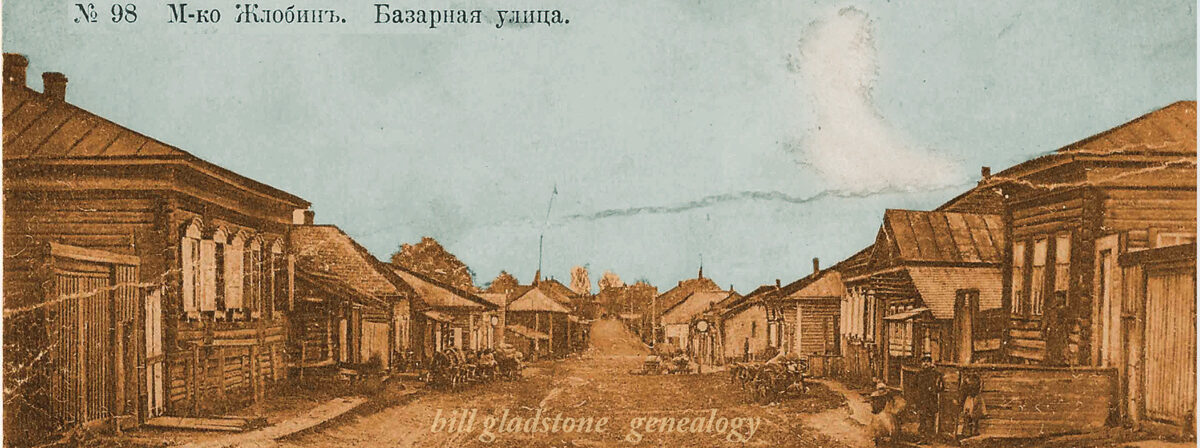Bill Brodie, a film production designer and art director who won a Genie for the Canadian film The Grey Fox and worked on Barry Lyndon, Superman and other acclaimed international features, has died in Cobourg, Ont. at the age of 70.
Known for his exacting vision and relentless professional energy, Brodie scouted for locations, designed sets and helped to create cinematic magic for such celebrated directors as Phillip Borsos, John Huston, Allan King, Stanley Kubrick, Arthur Penn and Don Shebib.
* William Woollcombe (Bill) Brodie, film production designer and art director; born Ottawa, August 24th, 1931; died Cobourg, Ont., March 22, 2002.
Born in Ottawa and raised in Toronto, he lived in London for much of the 1960s and 1970s and worked as a set designer on dozens of television productions for British TV and the CBC. In the rebellious ’60s he worked with director Peter Watkins on several “social conscience” films and directed one of his own, Terry Whitmore, For Example. A Vietnam-era “talking head” documentary about a US Army deserter, it won prizes from the San Francisco Film Festival and the Swedish Film Institute.
In 1975 he roamed the British countryside to find locations for Barry Lyndon and returned to Canada about 1978 to seek out some Alberta settings for segments of the first Superman movie.
A founding member of the Academy of Canadian Cinema and Television, he won a Genie from the Academy for best art direction for The Grey Fox in 1982 and received other nominations for his work in Silence of the North, Draw and Disney’s One Magic Christmas. The last film he worked on was Blues Brothers 2000.
“He had such enthusiasm for his work and life in general that it was just a pleasure to spend time with the guy, have dinner with him, or talk with him about anything at all,” said Peter O’Brian, a Toronto film producer.
Brodie had a few “legendary run-ins” with Hollywood producers who “wanted to cut corners that Bill didn’t want to cut,” O’Brian said.
“He was phenomenal in the passion that he brought to his work and in his attention to detail. He would get wildly enthusiastic, and he’d get very close to you when he was talking to you to make sure his point was being well received — particularly when he was trying to persuade you of something, such as when he wanted more money for something that wasn’t in the budget. He would quite literally corner you. That was one of his endearing characteristics.”
Brodie — whose maternal grandfather founded Ashbury College in Ottawa — had no special schooling to prepare him for a career in the film industry. His paternal grandfather was an actor, however, as was his father, who became head of broadcast languages at the CBC, responsible for training announcers. “His father gave him a model theatre one Christmas when he was a kid, and he used to design little sets for that,” said his wife, Ann Brodie, a retired make-up artist who worked with him on some films.
Brodie started off at the CBC’s art department in the late ’50s, and soon became one of a group of Canadians working in England who “helped change the face of English TV,” Ms. Brodie said. “Until they arrived, the British never moved their cameras — everything was static.” He stayed in England more than 20 years.
Ms. Brodie, who did make-up for Barry Lyndon, recalled that her husband, as one of two art directors, “traveled all over England and photographed locations, and Stanley would decide which ones he wanted.”
Kubrick “was very demanding, but also in many ways prepared to wait until he got what he wanted,” she recalled. “Both Bill and I felt that working with him, trying to get to that standard of exactly what he required, changed everything about the way we worked for the rest of our lives.”
Alicia Keywan, a Toronto-area production designer who worked for Brodie as an art director for years, described him as an excellent mentor. “He was a very exacting person, full of energy and fun. He had extremely high standards and never gave up on a project.”
Brodie once videotaped some heart surgery so he would know every piece of equipment in the operating room, Keywan said. “He was a very obsessive person, in a good way. It definitely showed in the truth of the look of each film that he did.” Friends noted that he was also famously obsessed with doing the Globe and Mail crossword puzzle every morning.
“The lengths that he would go, just to make a set one per cent better!” Mr. O’Brian mused. “He always wanted completely authentic items way in the background of a shot, even if they wouldn’t be in focus or wouldn’t be seen. What’s the point of them being there? But Bill knew why they had to be there.”
About eight months ago the Brodies moved from Toronto to Colborne, Ont., a town about 1-1/2 hours by car to the east; he died in a hospital in Cobourg. Besides his wife Ann, he leaves a brother, Robert, and three children, Matthew, Cathy and Simon, from a previous marriage.





